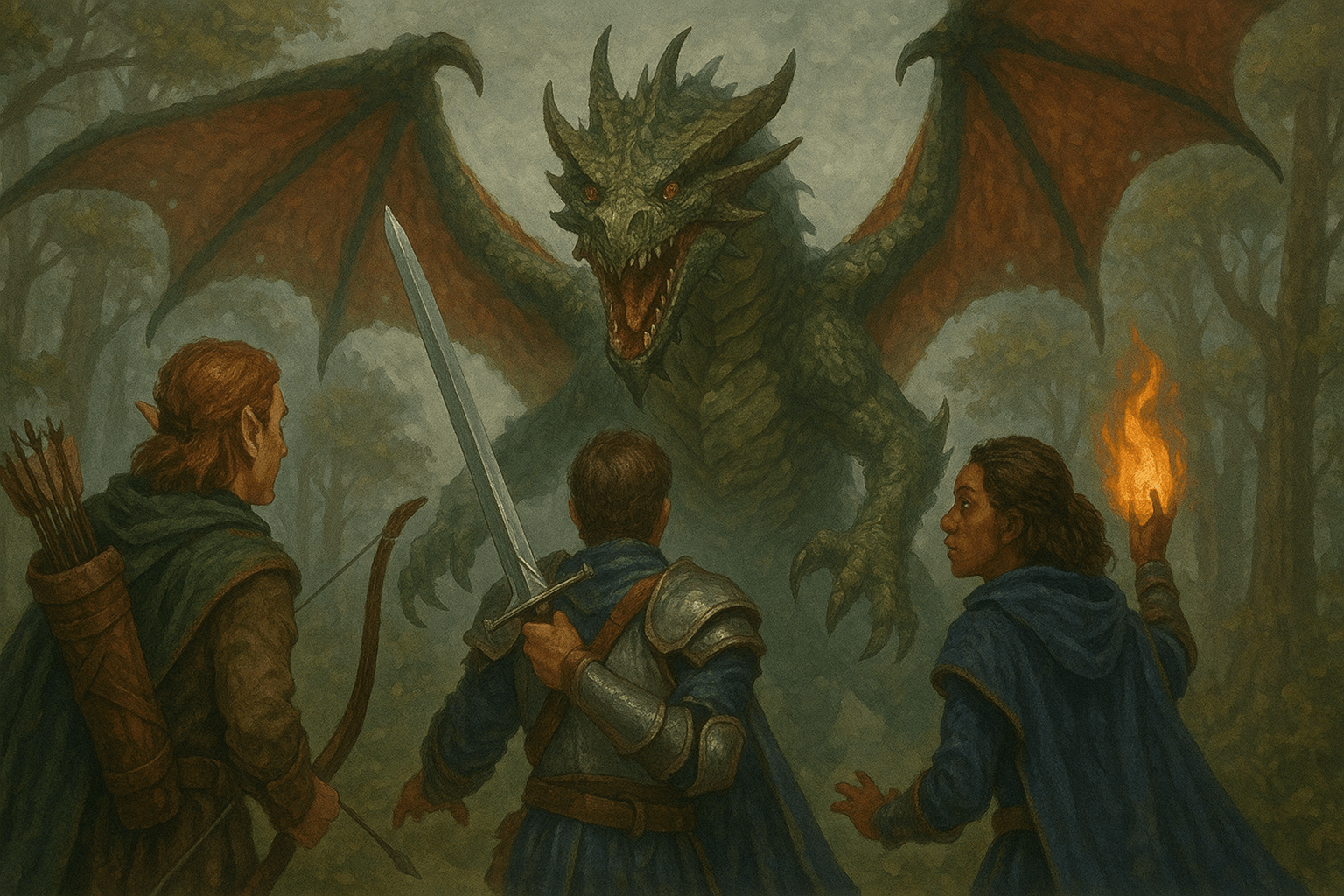
How Dragon Age Would Work in DND 5e | A Beginner-Friendly Guide

Imagine stepping into Thedas not with a mouse and keyboard, but with character sheets, polyhedral dice, and a table of friends ready to battle darkspawn and challenge the Chantry. If you’ve ever thought “How would Dragon Age work in D&D?” you're not alone.
In this guide, we’ll explore how to adapt Dragon Age into Dungeons & Dragons 5e, using familiar mechanics like dice rolls, spell slots, and ability checks to recreate the drama, combat, and worldbuilding of Bioware’s beloved RPG.
What Makes Dragon Age and D&D So Compatible?
Both Dragon Age and Dungeons & Dragons:
- Feature character-driven storytelling
- Focus on tactical party combat
- Offer morality-based decision-making
- Explore detailed fantasy worlds filled with political conflict and magic
- Encourage custom builds and roleplaying
But where Dragon Age is controlled by algorithms and menus, D&D leaves everything to chance, specifically, the roll of the dice.
Understanding DND Dice: The Core of the System
In D&D 5e, you’ll primarily use a set of 7 polyhedral dice:
- d20 (20-sided): The main die for almost everything including attacks, skill checks, saves.
- d12, d10, d8, d6, d4: Used for damage, healing, and random effects.
- Percentile dice (d%): Used for more obscure or random outcomes.
These dice introduce unpredictability into the game. Much like Dragon Age’s hidden dice rolls for things like persuasion or critical hits, D&D makes you roll for success and failure.
Dragon Age Combat in D&D 5e
In Dragon Age: Origins, tactical combat allowed you to pause the game and queue up abilities. In D&D, combat is fully turn-based and driven by initiative rolls and actions.
Translating Combat Abilities:
| Dragon Age Ability | D&D 5e Equivalent |
| Mighty Blow (Warrior) | Great Weapon Master feat or Smite |
| Backstab (Rogue) | Sneak Attack with advantage |
| Fireball (Mage) | …Well, literally Fireball |
| Taunt (Tank) | Compel Duel spell or Protection fighting style |
Each combat turn in D&D allows you to:
- Move (based on your speed)
- Take 1 Action (attack, cast a spell, dash, etc.)
- Use a Bonus Action (if available)
- React (if triggered)
Roll a d20 to hit, then roll damage based on your weapon or spell. Just like in Dragon Age, strategic team combos (e.g. Mage freezes → Rogue shatters) are super satisfying to pull off.
Magic and the Fade: Spellcasting the Dragon Age Way
The Fade and magical chaos are essential to Dragon Age. D&D 5e gives us a robust spellcasting system to emulate this.
Key Magic Parallels:
- Fade = D&D’s Weave or Ethereal Plane
- Blood Magic = Necromancy or custom subclass rules
- Mana = D&D’s spell slots (with some tweaking)
- Templars suppressing magic = anti-mage factions (Paladins, Inquisitors, etc.)
Sample Adaptations:
| Dragon Age Spell | D&D Equivalent |
| Winter’s Grasp | Frostbite or Cone of Cold |
| Crushing Prison | Hold Person or Forcecage |
| Glyph of Paralysis | Glyph of Warding |
| Mind Blast | Thunderwave or Psychic Scream |
Want more Dragon Age flair? Have spellcasters occasionally trigger Fade surges, chaotic effects like wild magic tables to mimic unstable magic.
Choices, Dialogue, and Morality with Dice
Dragon Age thrives on meaningful decisions, betray a companion, spare an enemy, support mages or templars. In D&D, this comes alive through:
- Skill checks like Persuasion, Deception, or Insight (roll a d20 + your modifier)
- In-character roleplaying encouraged by your background and alignment
- Dice-determined consequences based on how well you argue or act
Sample Scenario:
A Grey Warden in your party is accused of consorting with a demon. The party must decide:
- Roll Insight to detect lies
- Roll Persuasion to sway the local magistrate
- Fail both? You may be forced into a duel or exile
This mirrors Dragon Age’s dialogue wheels and branching story paths, but with more randomness and surprise.
Worldbuilding Thedas in D&D 5e
Adapting the setting of Dragon Age into D&D is surprisingly intuitive.
Regions as Campaign Settings:
- Ferelden: Low fantasy, gritty, war-torn
- Orlais: Political intrigue, masquerades, divine tensions
- Tevinter: Arcane supremacy, slavery, ancient ruins
- The Deep Roads: Dungeon-crawling nightmare fuel
Factions as Faction Mechanics:
| Dragon Age Group | D&D Adaptation Style |
| Grey Wardens | Monster-hunting order (like Blood Hunters) |
| The Chantry | Religious sect with divine spellcasters |
| Circle of Magi | Restricted arcane school (arcane traditions) |
| Qunari | Exotic NPC race with strict philosophies |
| Antivan Crows | Assassin's Guild (Rogues with prestige) |
You can also use D&D’s Faction Loyalty rules from Dungeon Master’s Guide to track influence, favor, and benefits.
Sample Dice-Based Scenarios Inspired by Dragon Age
Let’s visualize how classic Dragon Age moments would play out using D&D mechanics:
Political Confrontation:
You must sway the Orlesian court to support the mages.
- Roll Charisma (Persuasion) DC 18
- Roll Intelligence (History) DC 15 to reference relevant lore
- Failure = Imprisoned for sedition
Fade Rift Encounter:
A breach opens mid-combat.
- Roll Arcana to understand it
- Pass = Bonus damage to rift-born enemies
- Fail = Wild magic zone appears for 1 minute
The Deep Roads Expedition:
Your party navigates dwarven ruins.
- Survival checks to avoid sinkholes
- Athletics to scale collapsed tunnels
- Initiative + Perception to dodge a surprise darkspawn ambush
In each case, dice determine fate, just like a hidden system running behind your favorite RPG.
Bringing It All Together
Combining Dragon Age with D&D 5e creates a campaign that feels rich, cinematic, and filled with emotional stakes. Your players won’t just be rolling dice, they’ll be choosing sides in the mage-templar war, unlocking ancient elven secrets, or walking the line between hero and heretic.
All it takes is:
- A DM with a love for Thedas
- Players eager to explore a familiar-but-different world
- And a set of dice ready to decide the fate of Ferelden
Whether you want to replay the Blight in your own way or imagine a fresh storyline in Tevinter, your next tabletop campaign can echo the best of Dragon Age, complete with tactical battles, risky magic, deep lore, and dice-driven drama.
Ready to Start Your Dragon Age D&D Campaign?
All you need is a party of adventurers and a set of dice that match your story’s vibe, maybe something dark and arcane for a blood mage, or gleaming silver for a templar knight.
Choose dice that reflect your legend, and let fate guide your path.
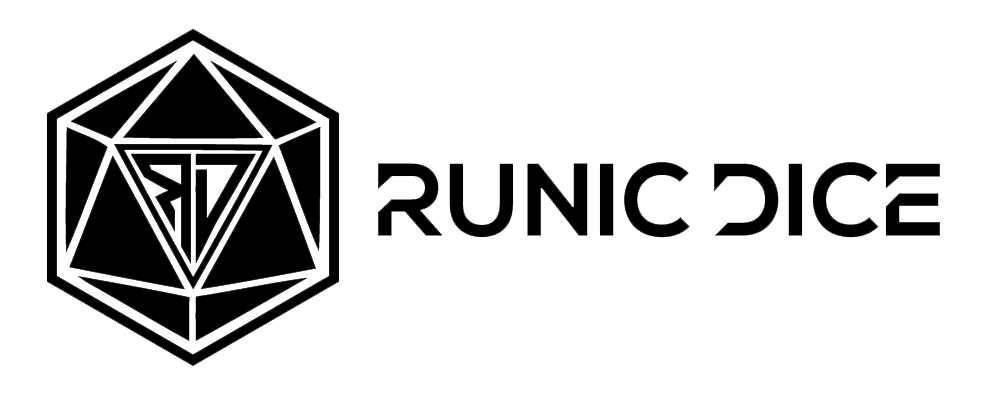
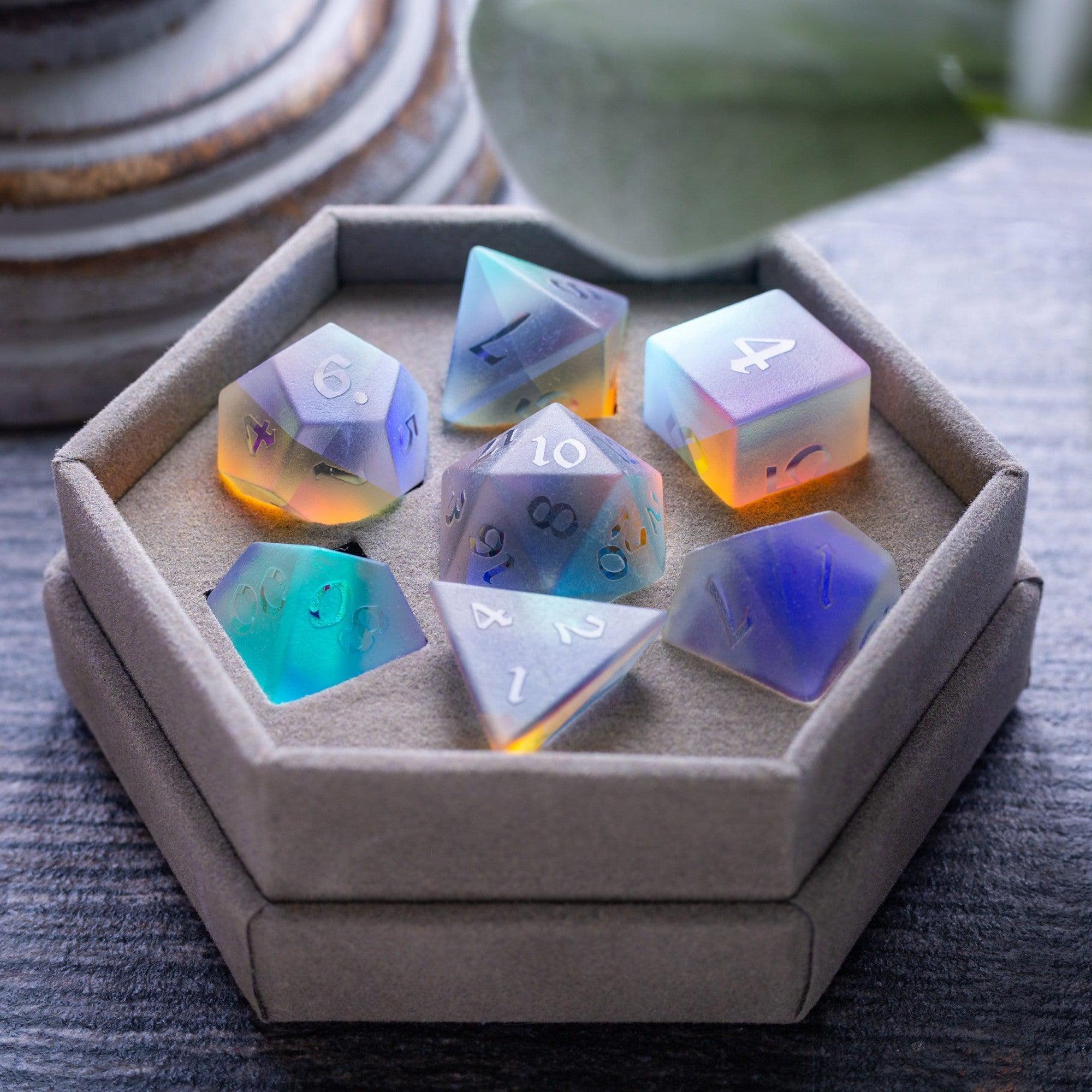
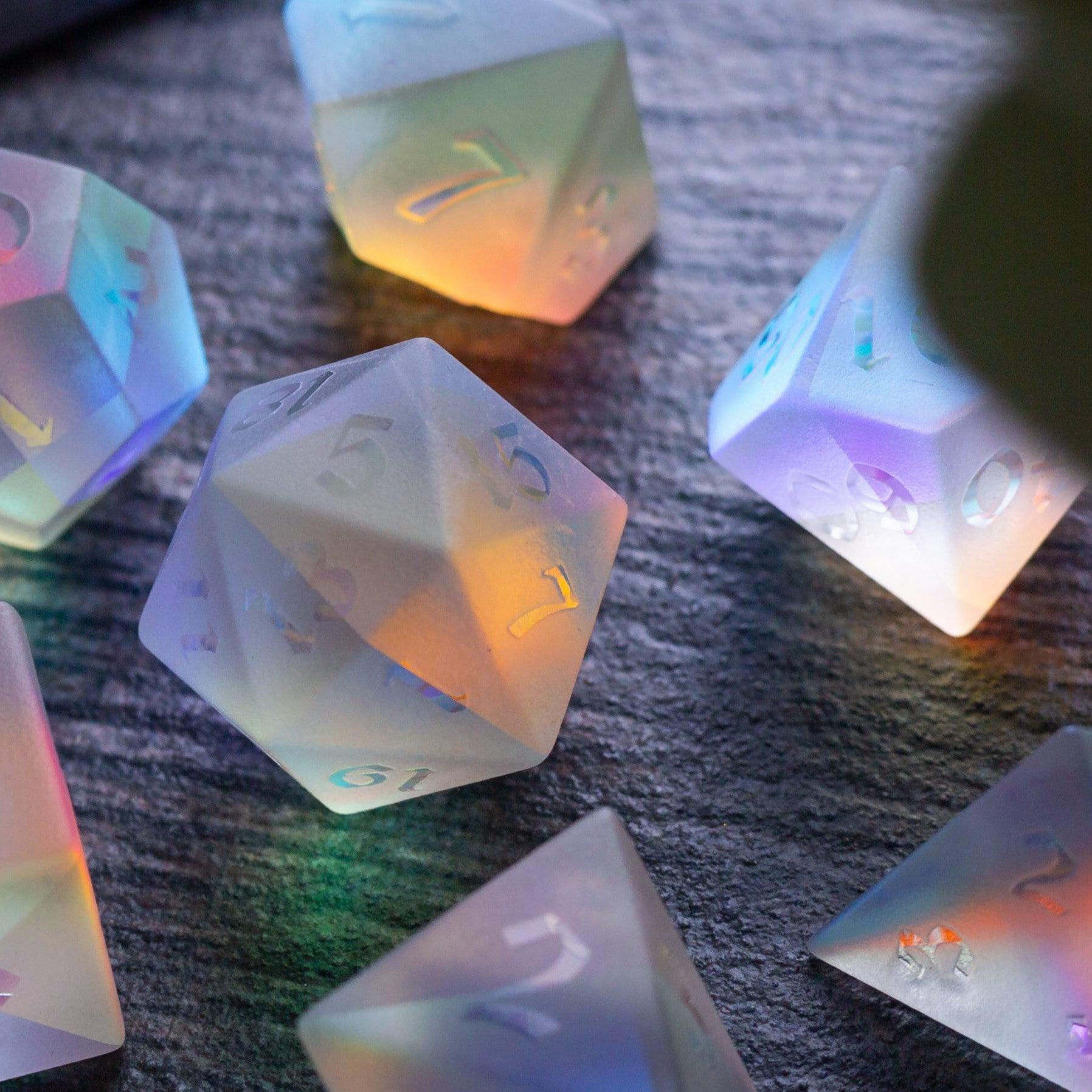
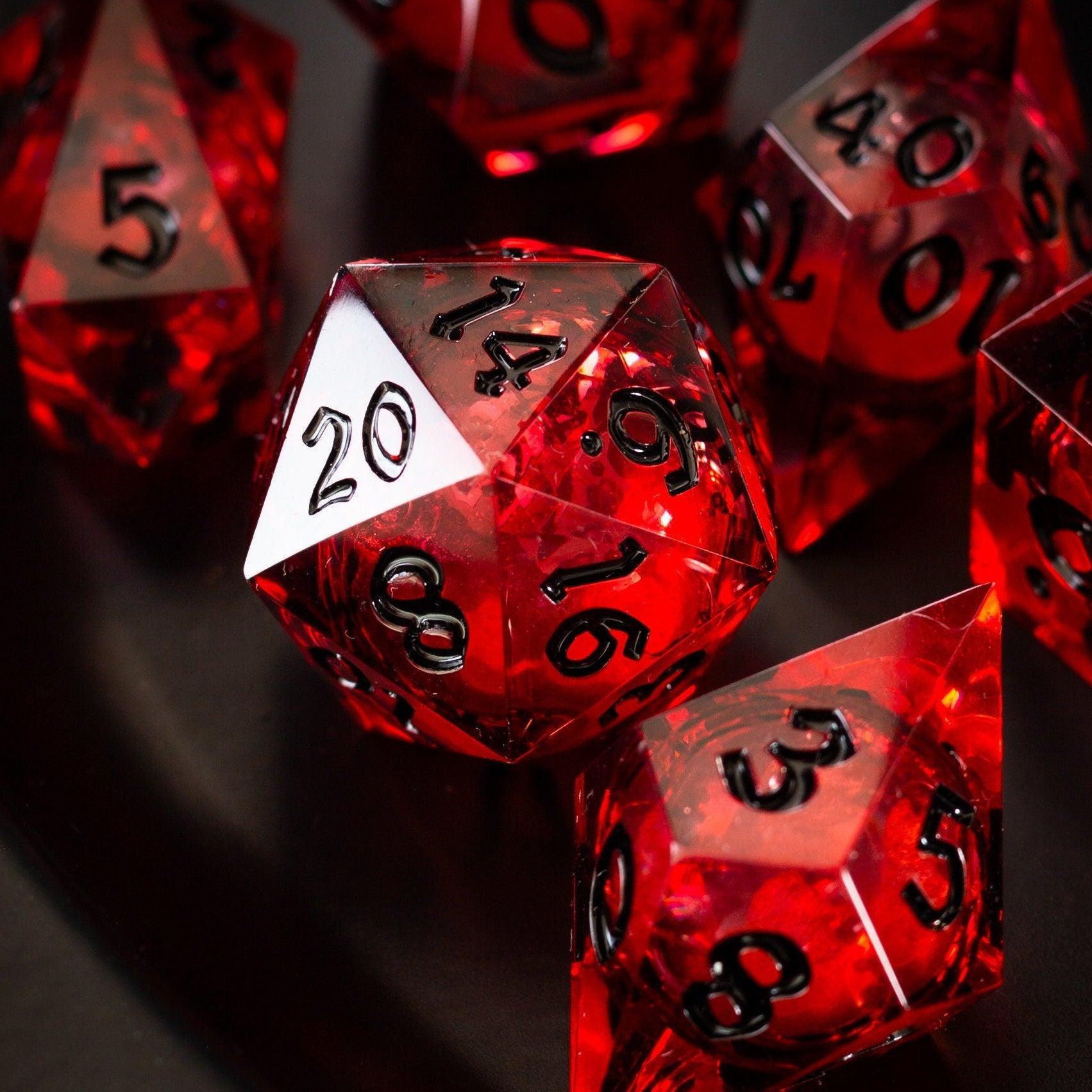
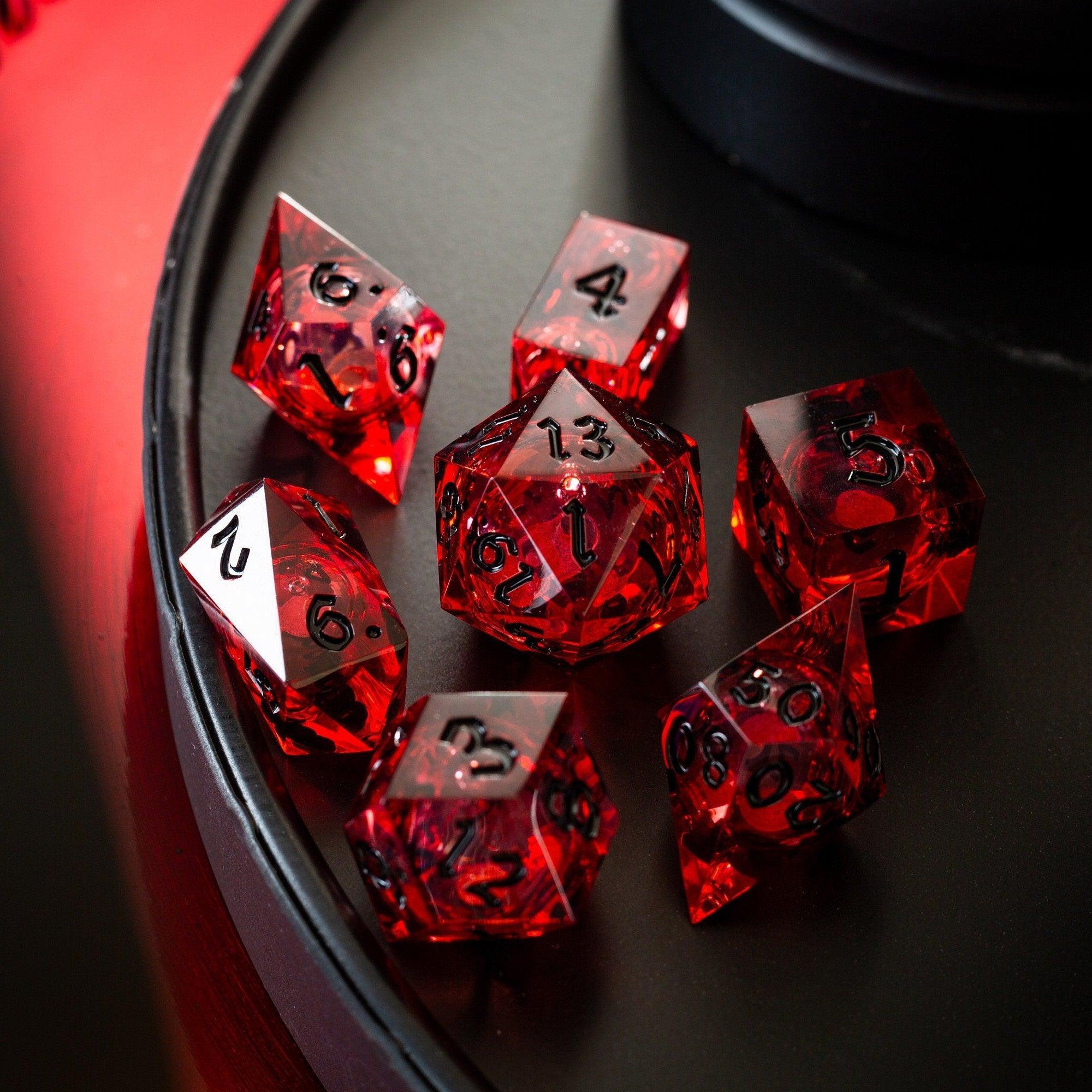
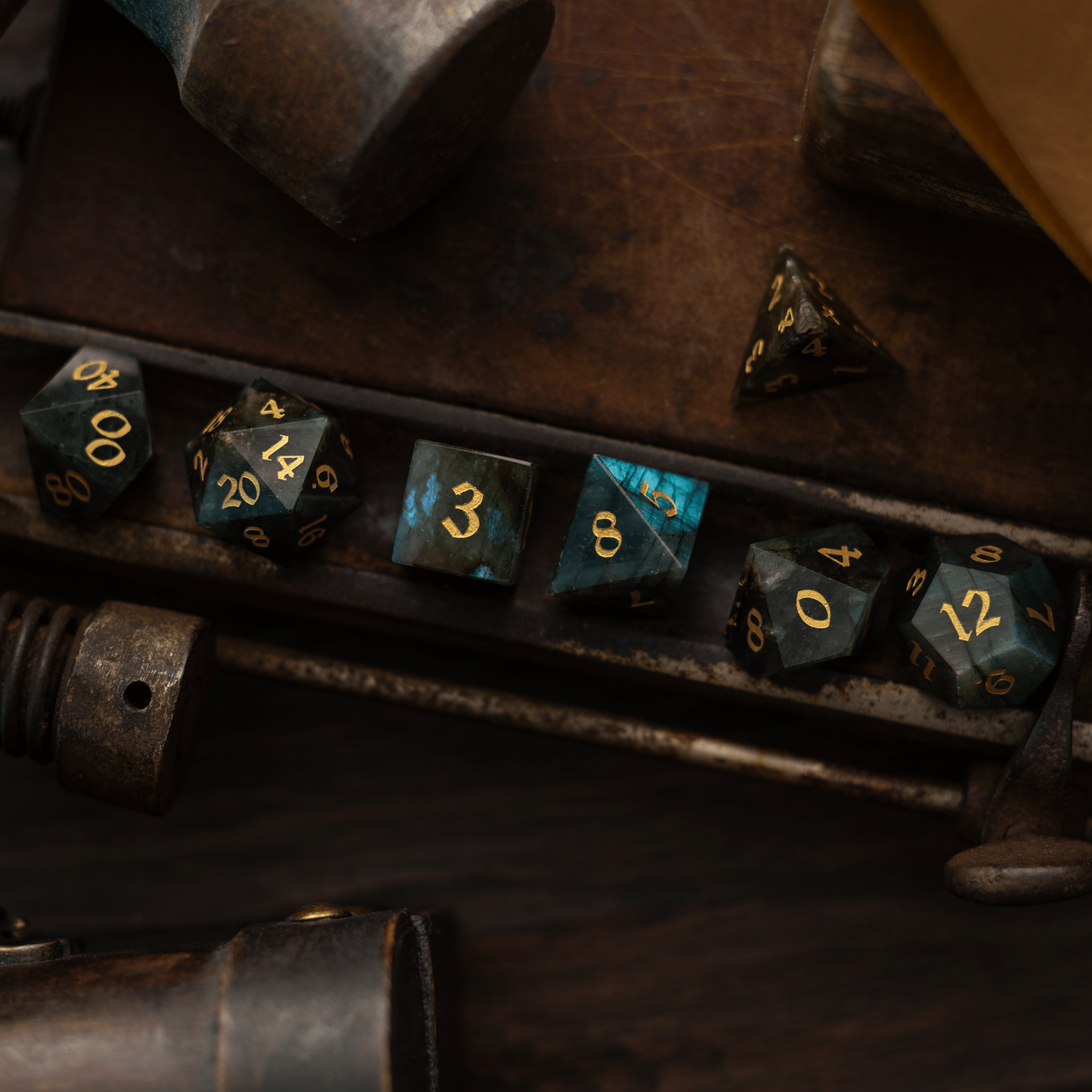
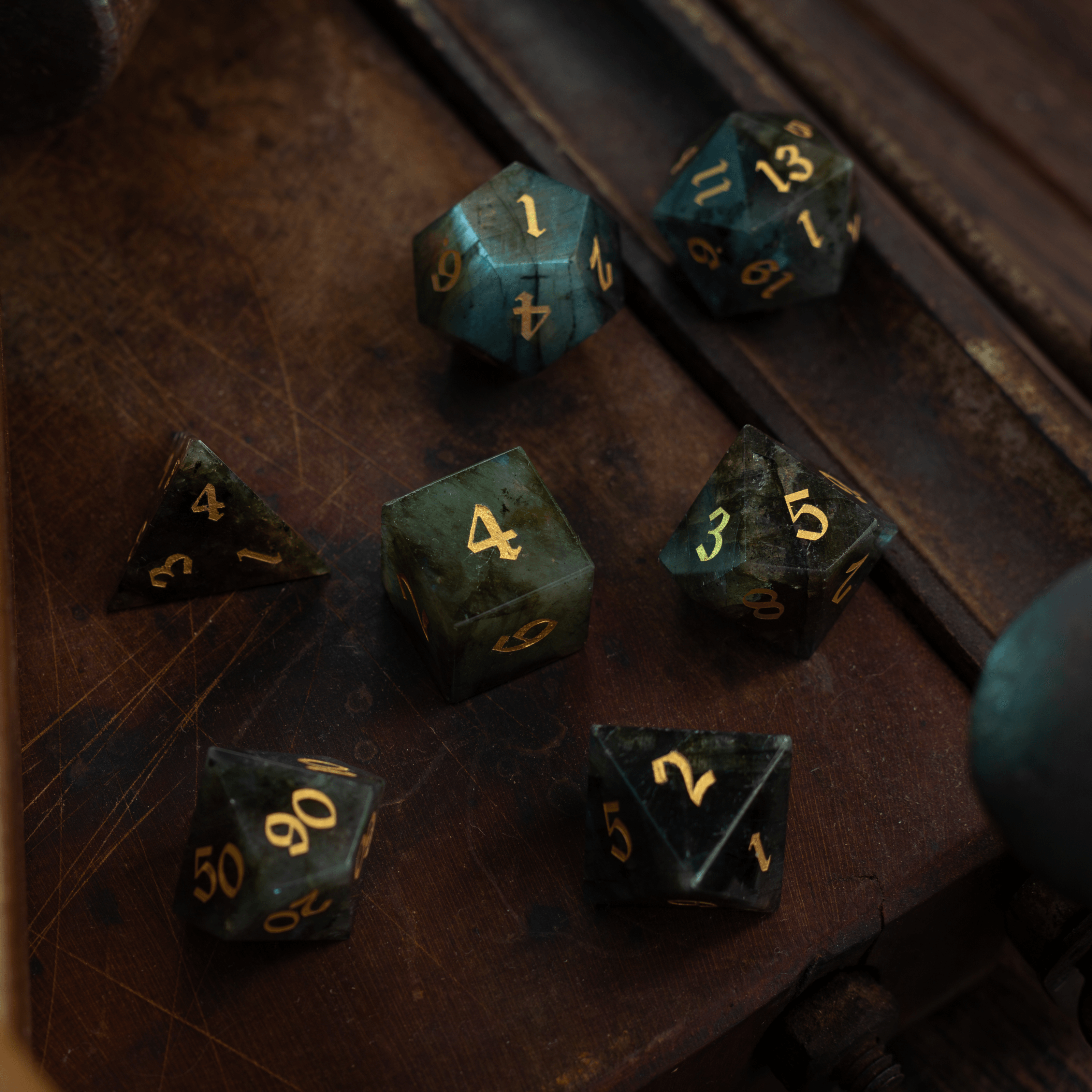
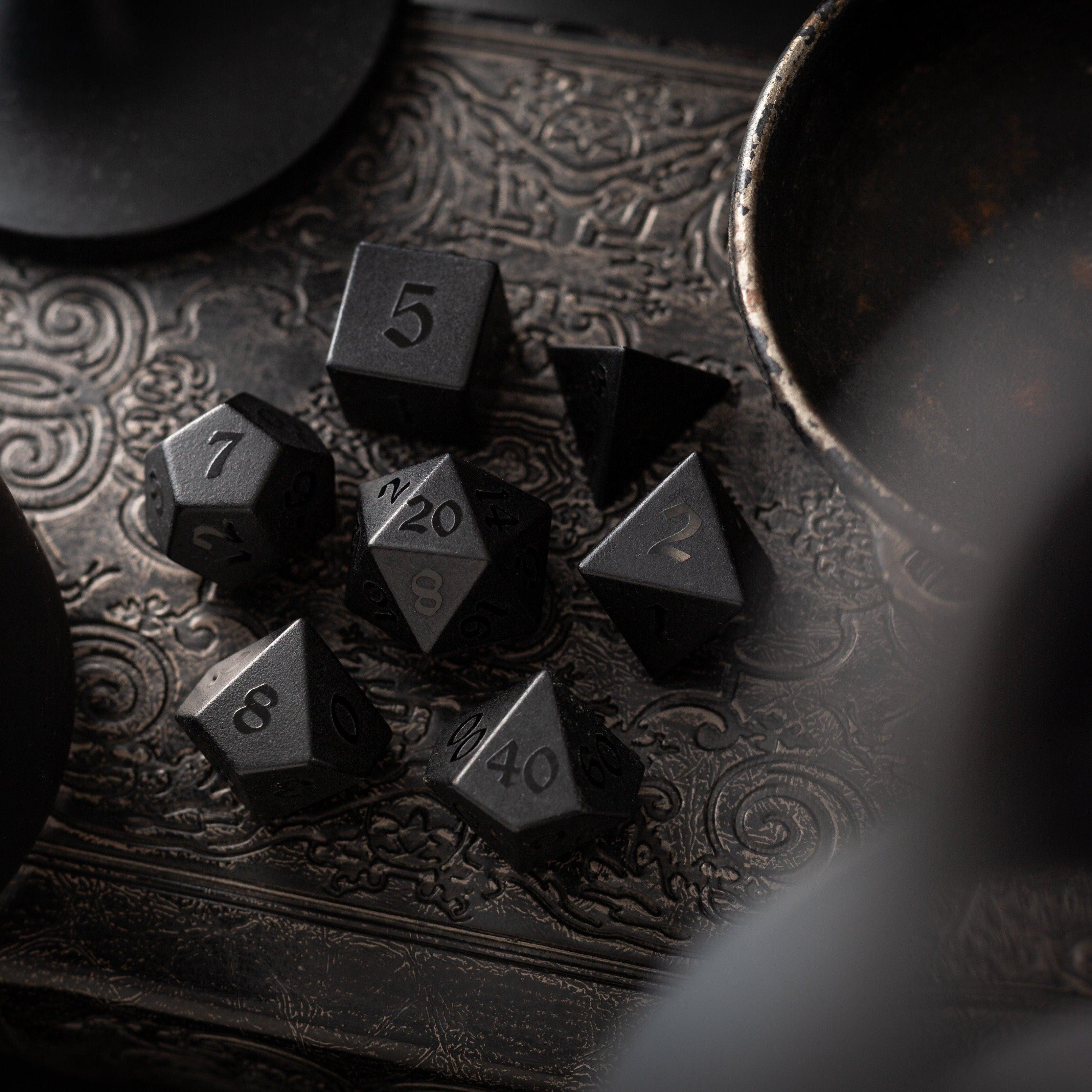
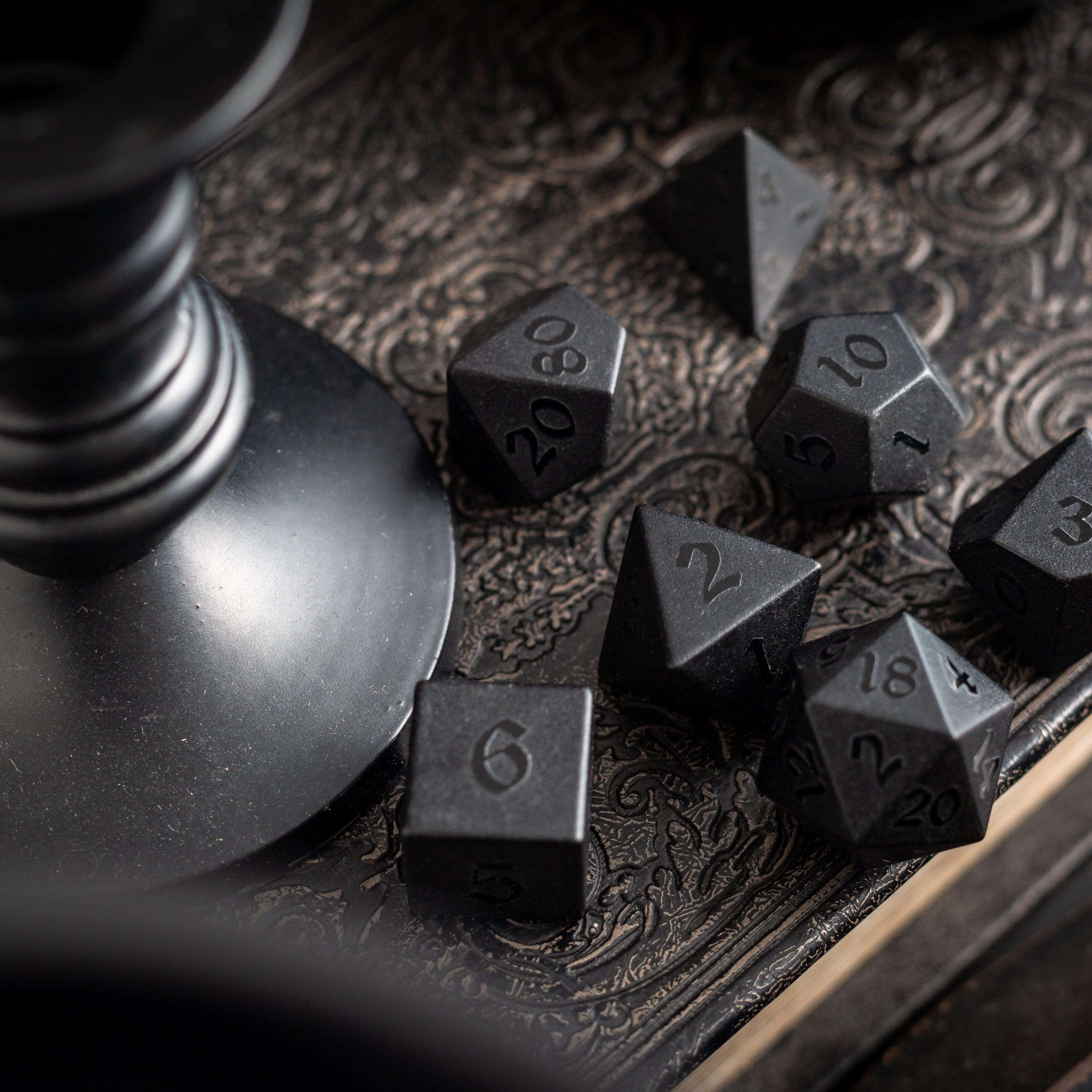
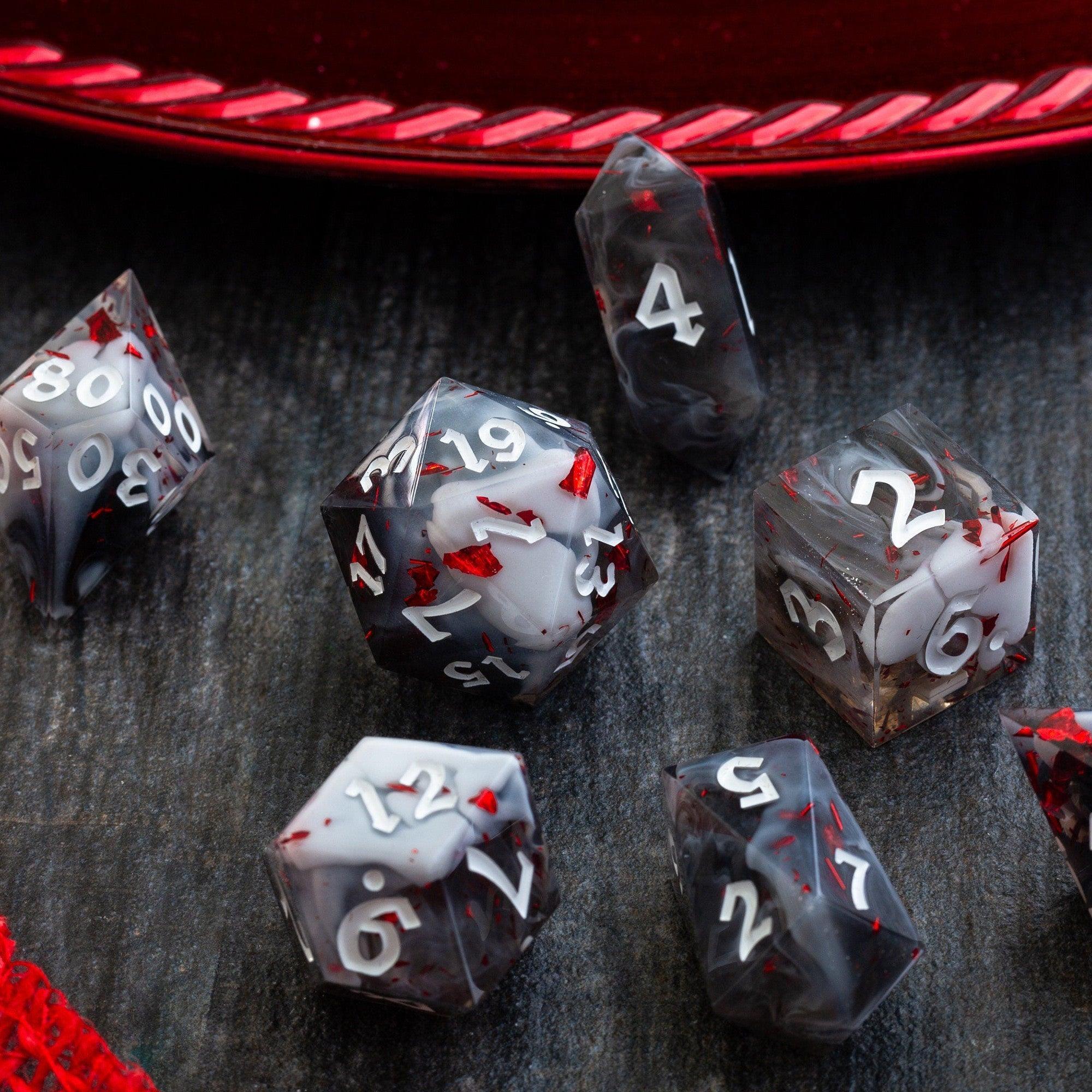
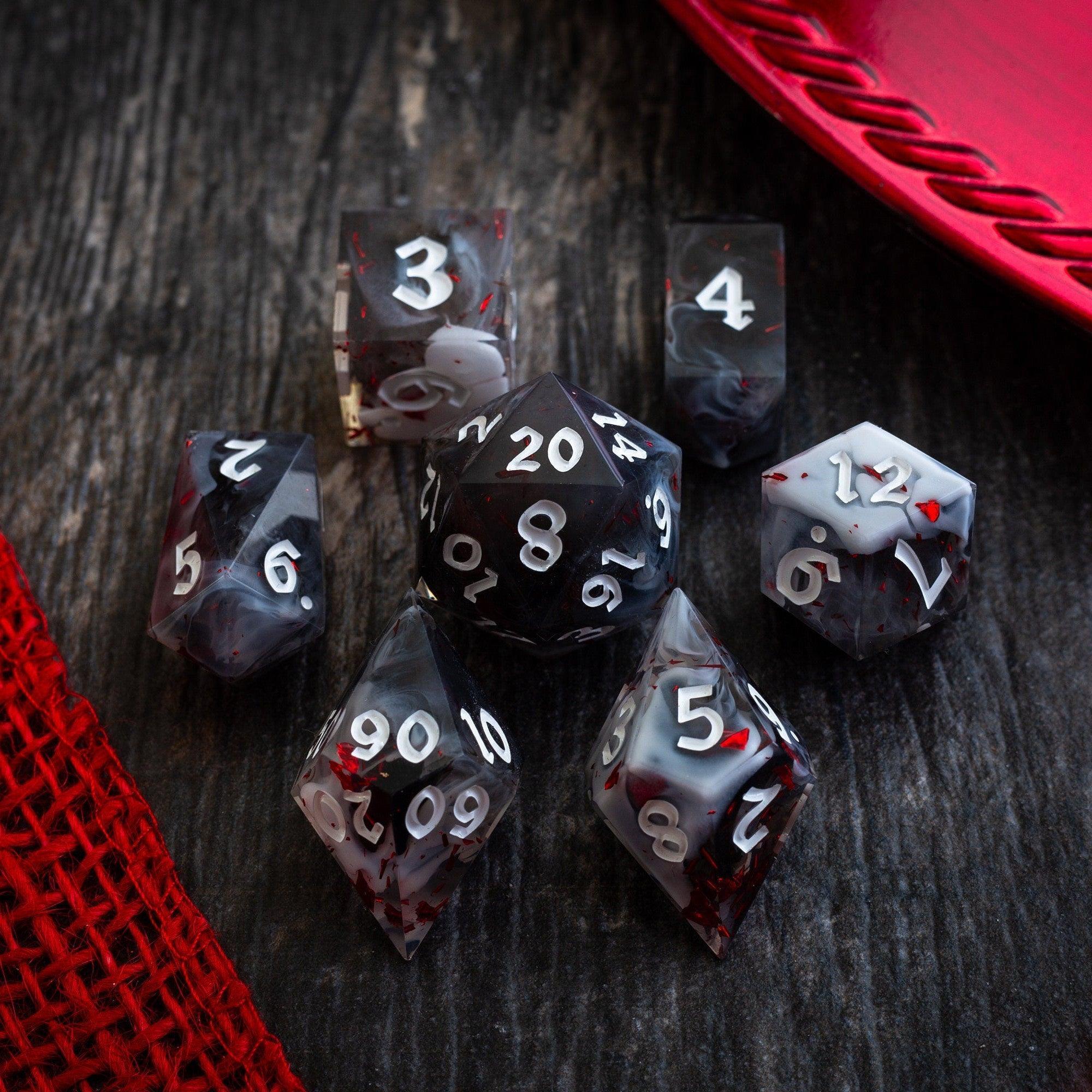

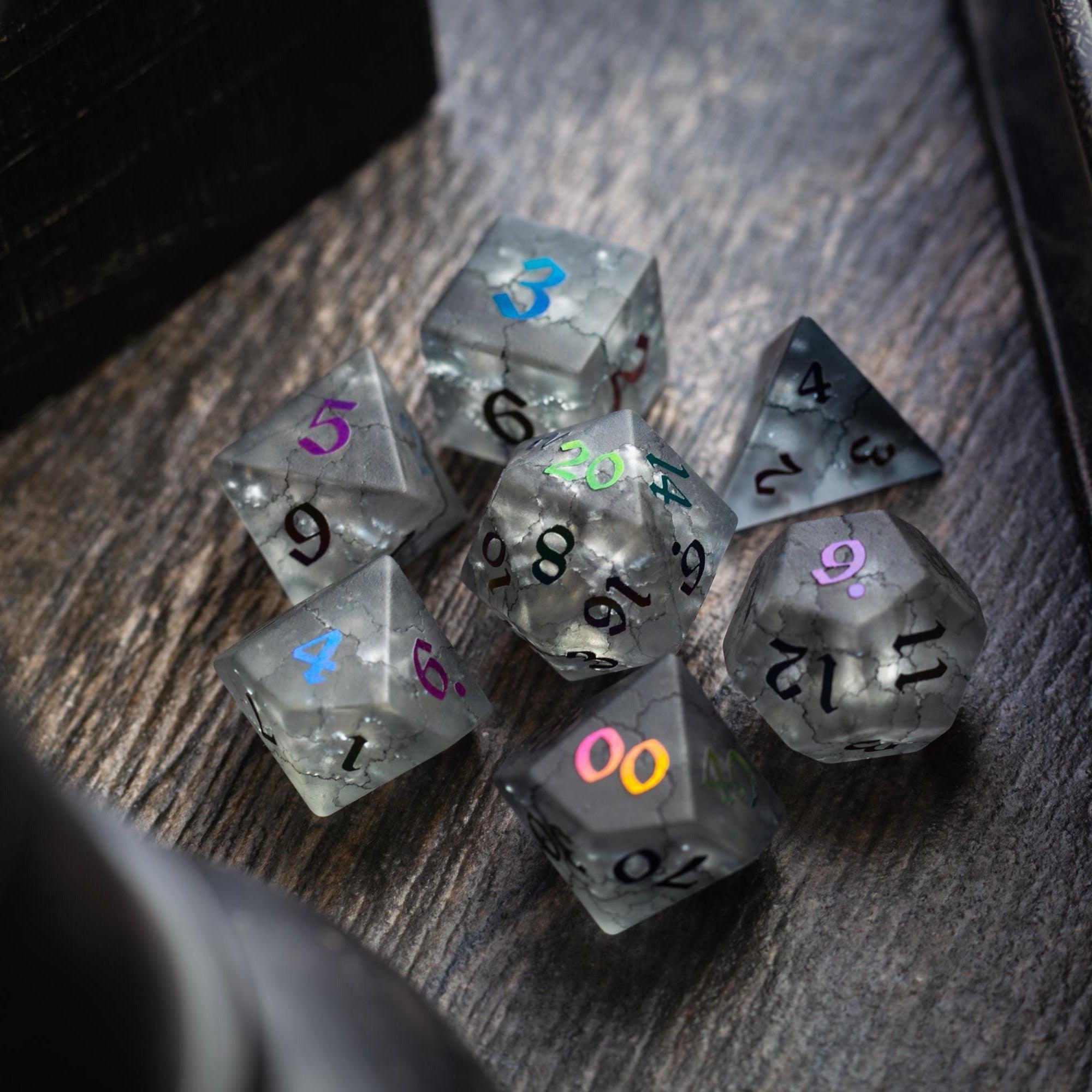
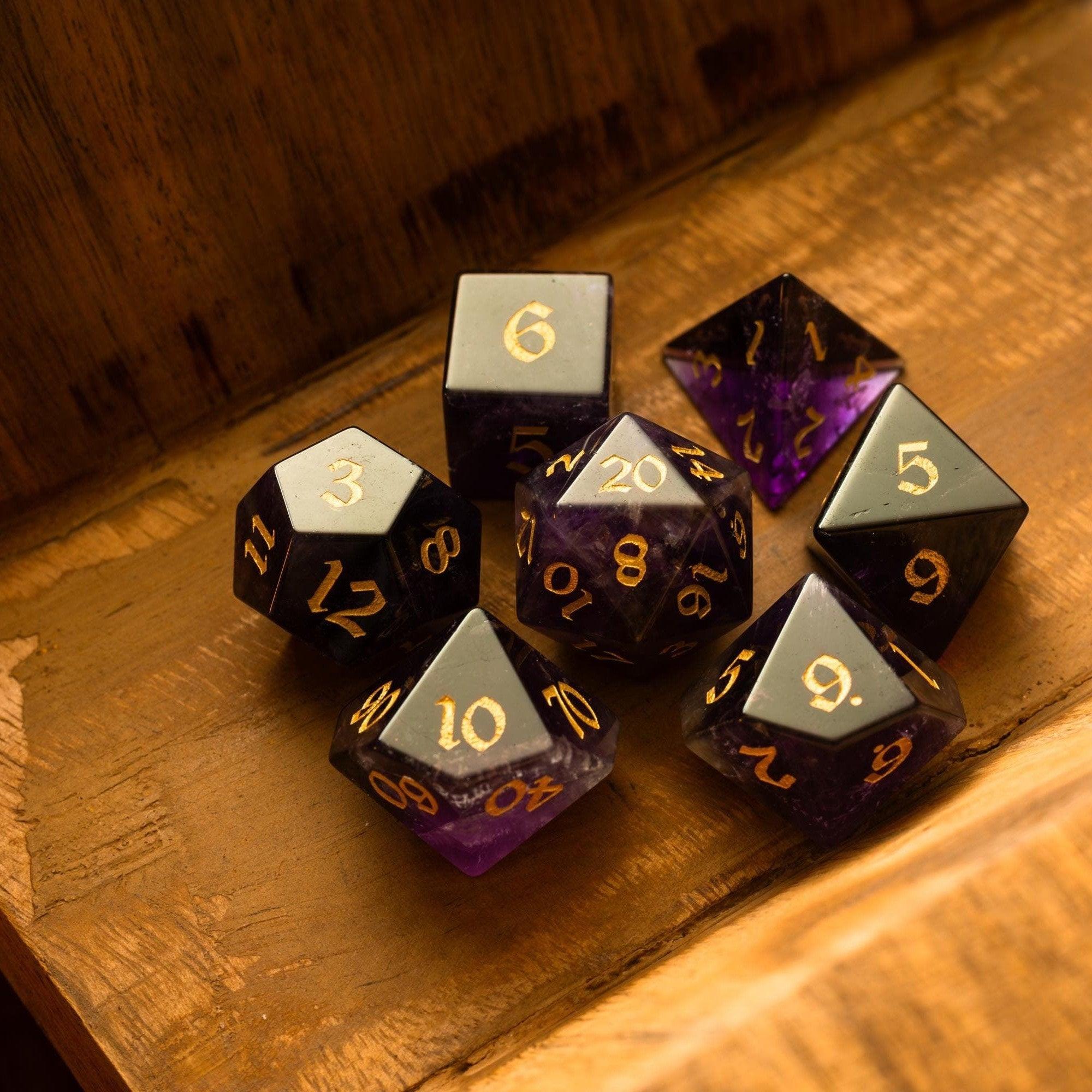
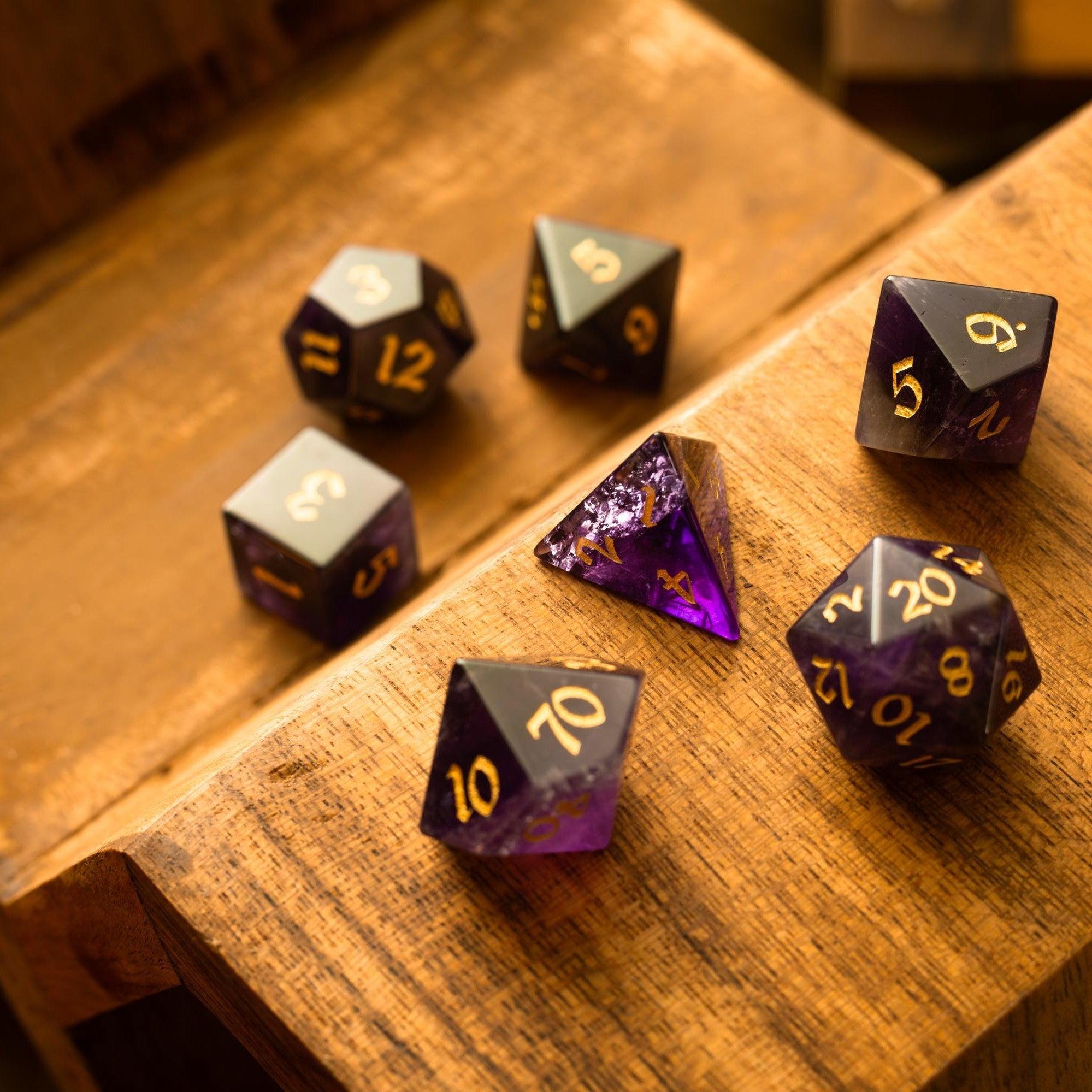
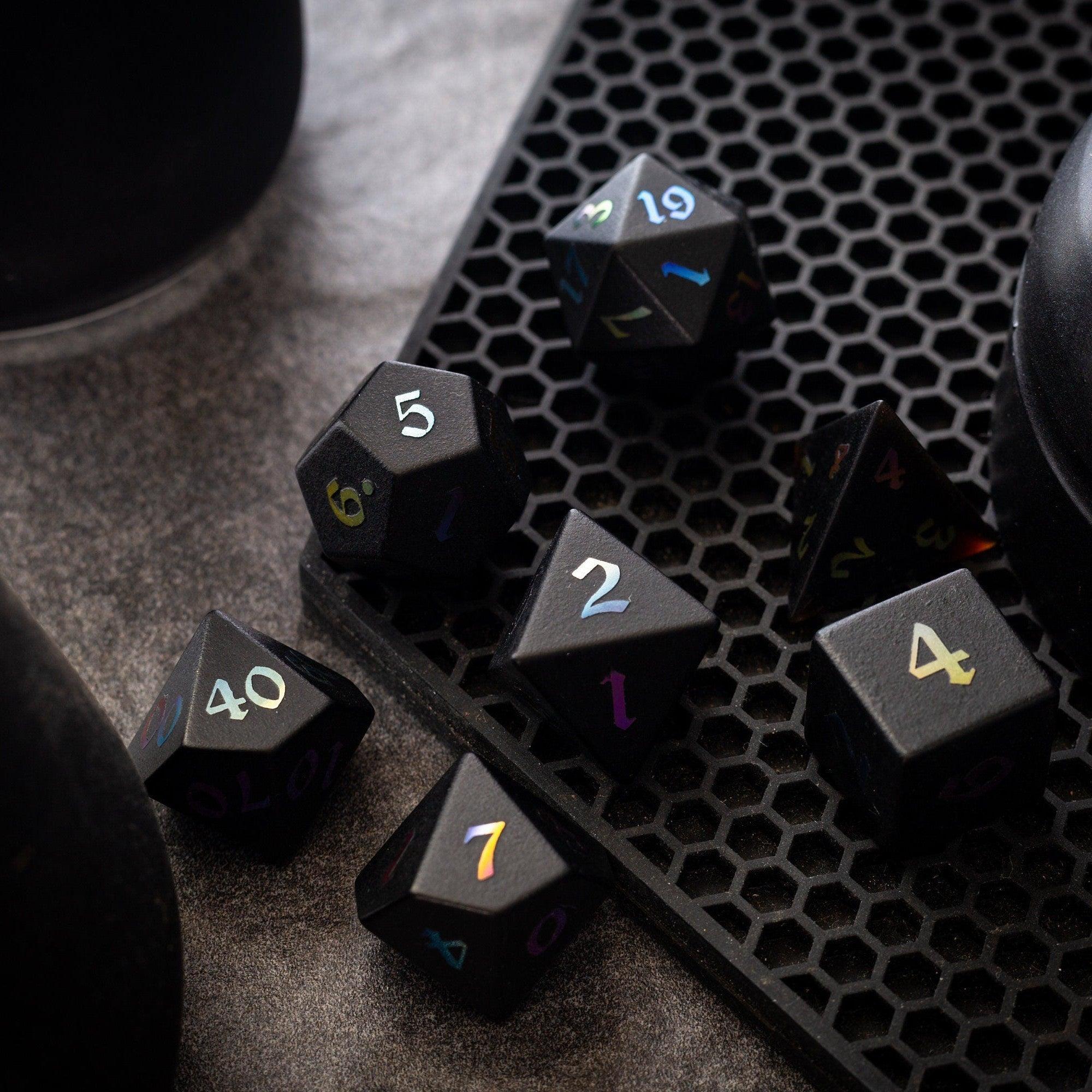
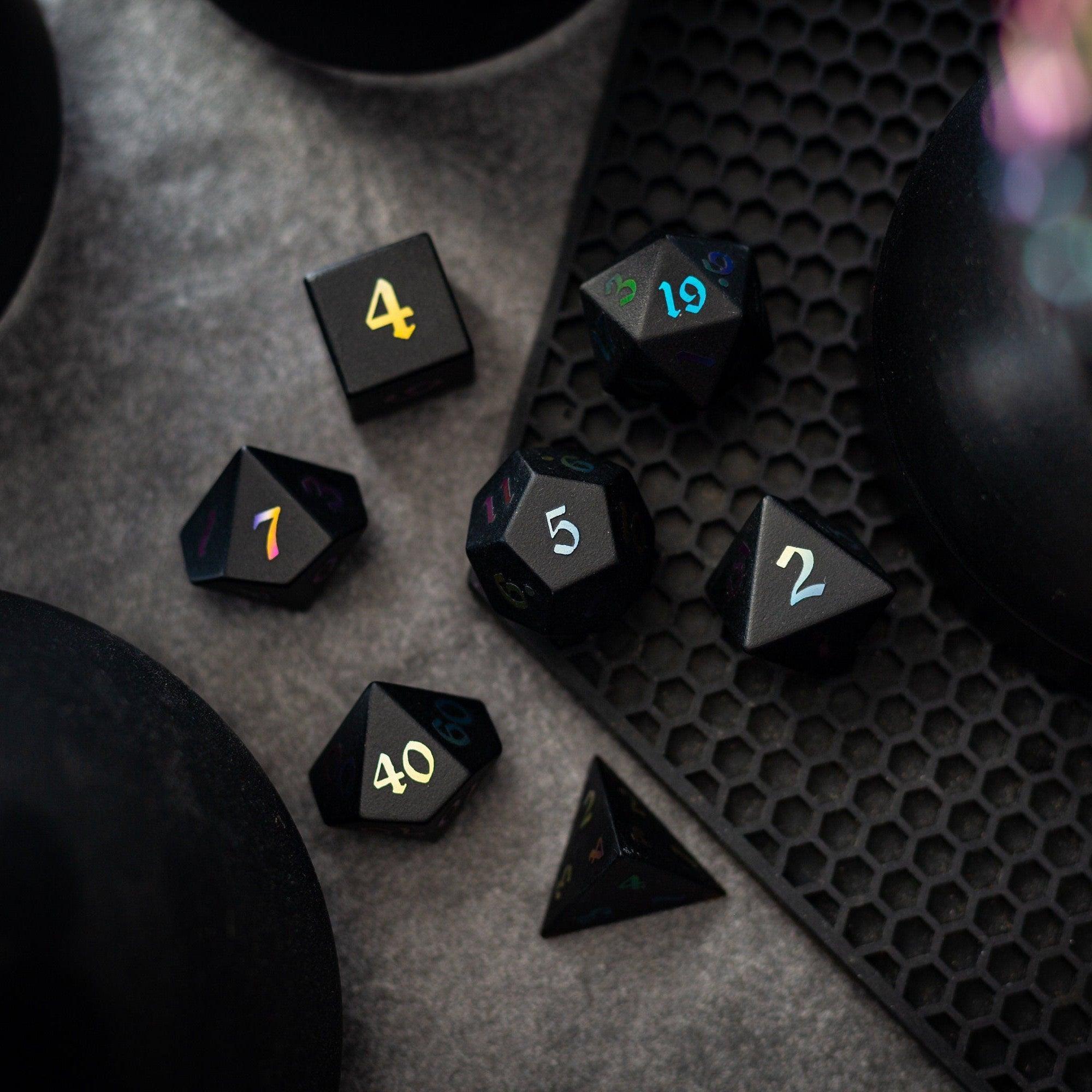
Leave a comment
This site is protected by hCaptcha and the hCaptcha Privacy Policy and Terms of Service apply.